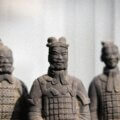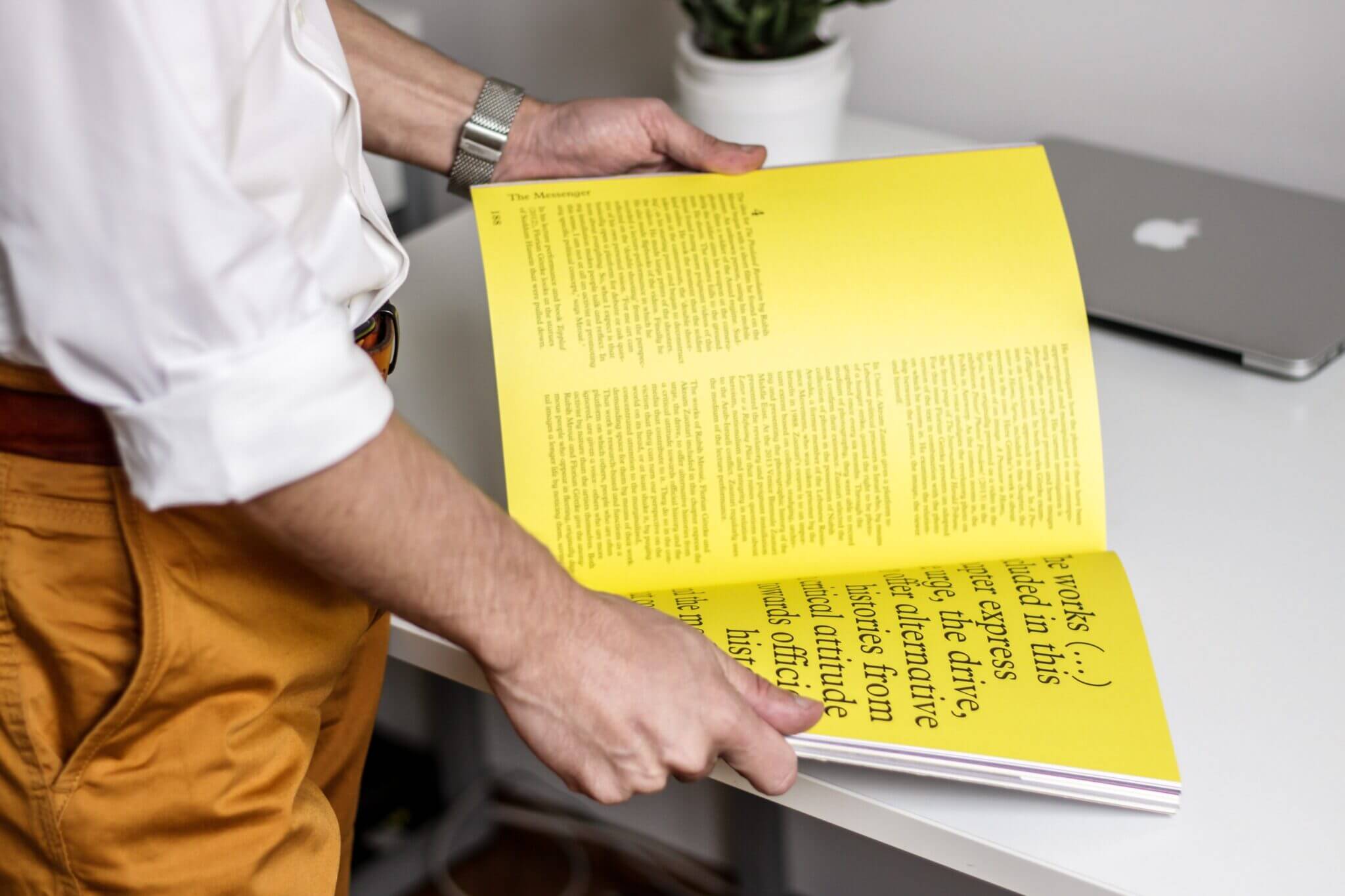Key Takeaways:
- Fluxus means to flow continuously or to change.
- The earthiness and even crudeness of Manifesto stresses Fluxus’s effort to redirect art away from the pretentious elitism of galleries and museums, returning it to sincere human expression.
- Maciunas’s Manifesto notes the need to jettison “dead art, imitation, artificial art, abstract art, illusionistic art, mathematical art.”
- Perhaps the best thing about Fluxus was its sense of humor—the ironic takes and puns that found their objects in the rituals of daily life, making time for lunch and games, attending to washing your face, and thinking about going fishing.
- Fluxus was both a movement as well as a rebellion against the rigors of movements.
People seem to understand, at least vaguely, what Dada is from the nonsense syllables of the name. Surrealism has made its way into popular usage: when something is strange and maybe even a little creepy, it’s described as surreal.
Fluxus is the outlier. It’s a weird word—intentionally so. Fluxus means to flow continuously or to change. Change can be a noun, but then it needs a subject or object, so we still have more questions instead of answers. What’s changing? Or what should change?
In the minds of Fluxus artists, what needed to change was art in all its aspects: the process of making art; what art can be; and, particularly, how art should be part of life. The conceptual title words of An Anthology of Chance Operations—a Fluxus precursor comprised of artists’ and composers’ scores designed by George Maciunas in 1963—is itself a sample of the big ideas that the artists and writers saw as foundational creative categories. These included “concept art, anti-art, meaningless work, natural disasters, indeterminacy, improvisation, plans of action, stories, diagrams, music, poetry, essays, dance constructions, mathematics, [and] compositions.”

In his 1963 Manifesto, Maciunas confirms the importance of physical processes for Fluxus. Using verbatim dictionary definitions that veer toward the scatological or potty-mouthed, he includes everything from activities that take place in the privacy of one’s bathroom to scientific descriptions of elemental changes at the atomic level. An unsettling bodily discharge is introduced to endorse Maciunas’s recommendations for a purge of both ideas and art. The earthiness and even crudeness of Manifesto stresses Fluxus’s effort to redirect art away from the pretentious elitism of galleries and museums, returning it to sincere human expression.
Maciunas’s Manifesto notes the need to jettison “dead art, imitation, artificial art, abstract art, illusionistic art, mathematical art.” Presciently, he writes: “PURGE THE WORLD OF ‘EUROPANISM’!” Fluxus was culturally diverse. Encouraging change also meant that Fluxus could be open to artists from Asia, Latin America, and Eastern Europe. The group itself was fluid, and rather than being truly and enduringly Fluxus, artists and others engaged with certain activities and projects. Then they moved on.
As in life, the Fluxus collaborations weren’t always pleasant, polite, or mutually beneficial. They were experimental and experiential, taking pages from earlier movements, particularly Dada, and also from John Cage’s open-minded approach to musical compositions. Music, for example, could be silence or simply attending to everyday life.
Perhaps the best thing about Fluxus was its sense of humor—the ironic takes and puns that found their objects in the rituals of daily life, making time for lunch and games, attending to washing your face, and thinking about going fishing. Easy to discover and appreciate, Fluxus’s signature insight was that the best things in life are simple and often free. Fluxus was both a movement as well as a rebellion against the rigors of movements. While there were categories of art post-Fluxus, it could be called the end of the avant-garde, an introduction to the continual change and prizing of the new in contemporary art.





























